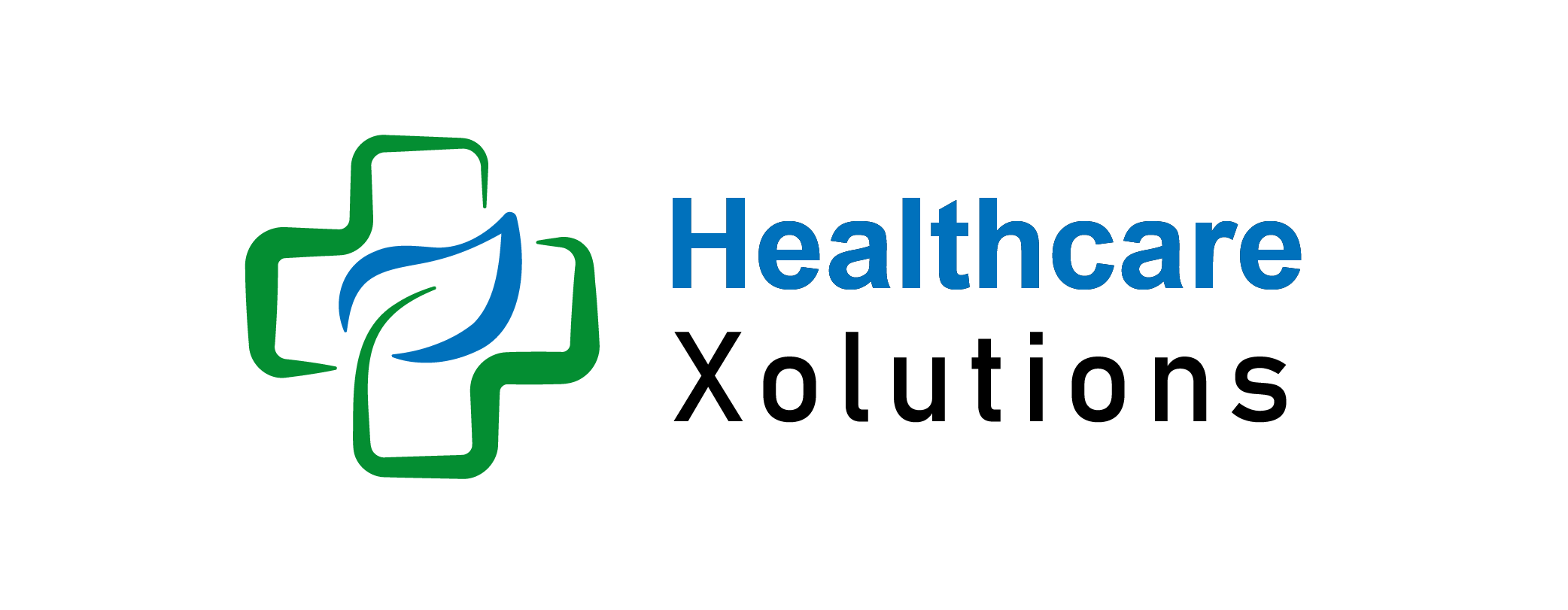Comparing Dental Insurance Plans By Cost | Complete Guide 2025

Dental insurance is essential for maintaining good oral health, helping individuals and families manage the often high costs of dental care. With numerous options available, selecting the right plan can be overwhelming. Cost is one of the most significant factors when comparing dental insurance plans, and understanding the details can save you both money and stress.
In this guide, we break down the cost factors involved in dental insurance and offer insights on how to compare plans effectively to find the one that best suits your needs.
Key Takeaways:
- Dental insurance costs are influenced by premiums, deductibles, coinsurance, annual maximums, and the provider network.
- Plans vary by type (DHMO, PPO, EPO, Indemnity), each offering different flexibility and coverage levels.
- Preventive care is typically fully covered, but major procedures may come with higher out-of-pocket expenses.
- Evaluate the network of dentists, your geographic location, and age/family size when comparing plans.
Table of Contents
Understand Dental Insurance Costs:
Dental insurance plans help ease the financial burden of routine visits, procedures, and emergencies. However, the cost of dental insurance varies significantly depending on several factors, such as premiums, deductibles, copayments, coinsurance, and annual maximums. Understanding these elements can help you choose the plan offering the best value for your needs and budget.
Key Factors Affecting The Cost of Dental Insurance:
1. Type of Dental Insurance Plan:
Dental insurance plans can be categorized into several types, each with its own benefits and costs:
- Dental Health Maintenance Organization (DHMO): Typically offers the lowest premiums but limits your choice of dentists and may require referrals for specialists.
- Preferred Provider Organization (PPO): Provides more flexibility in choosing dentists but comes with higher premiums and potential additional out-of-pocket costs.
- Exclusive Provider Organization (EPO): Similar to PPO but limits out-of-network care options.
- Indemnity Plans: The most flexible but expensive, allowing you to choose any dentist and pay upfront, with reimbursement afterward.
2. Level of Coverage:
Dental plans generally offer three levels of coverage:
- Preventive Care: Usually fully covered, including routine cleanings and exams.
- Basic Procedures: Covers fillings and extractions, typically at 70-80%.
- Major Procedures: Includes crowns and root canals, typically covered at 50-60%.
3. Annual Maximum Coverage:
The annual maximum is the highest amount your plan will pay for dental care in a year. Most plans offer a maximum between $1,000 and $2,000, and once this amount is reached, you will be responsible for any additional costs.
4. Network of Dentists:
A larger network of providers can help reduce costs. Out-of-network care often incurs higher premiums and additional out-of-pocket expenses.
5. Geographic Location:
Dental insurance premiums can vary by location, with urban areas often having higher premiums due to increased demand and higher service costs.
6. Age and Family Size:
Older adults typically face higher premiums due to a higher likelihood of needing extensive dental care. Family plans also tend to have higher premiums as they cover multiple members.
Comparing Dental Insurance Plans By Cost:
To find the best dental insurance plan for your needs, follow these steps:
- Determine Your Needs: If you only need preventive care, a basic DHMO plan may suffice. For major dental work, consider a PPO plan with higher coverage limits.
- Compare Premiums: Review the premiums of various plans, but also consider factors such as deductibles and annual maximums.
- Evaluate Out-of-Pocket Costs: Look at how much you will pay for basic and major procedures after meeting the deductible.
- Check the Network: Ensure that your preferred dentist is in-network to avoid higher costs.
- Consider Waiting Periods: Some plans have waiting periods for major procedures, so check the fine print if you anticipate needing extensive dental work.
- Read the Fine Print: Ensure the plan doesn’t have exclusions or limitations that may affect coverage.
Conclusion – Comparing Dental Insurance Plans By Cost:
Choosing the right dental insurance plan involves evaluating your dental needs, budget, and the specifics of each plan. By considering the factors outlined in this guide, you can make an informed decision that ensures comprehensive dental coverage while keeping costs manageable. Always review plan details, compare options, and choose the coverage that best suits your needs.
FAQs:
How does my age affect my dental insurance costs?
As you age, dental insurance premiums typically increase due to a higher likelihood of needing extensive dental care.
What is the annual maximum in dental insurance?
The annual maximum is the highest amount your plan will pay for dental services in a year. After this amount is reached, you’ll need to pay out-of-pocket.
Does dental insurance cover major procedures like implants or crowns?
Yes, dental insurance usually covers major procedures but at a percentage (50-60%), meaning you’ll need to pay the rest.
Can I change my dental insurance plan during the year?
Generally, you can only change your plan during the open enrollment period, unless you experience a qualifying life event, such as moving or a change in employment.
